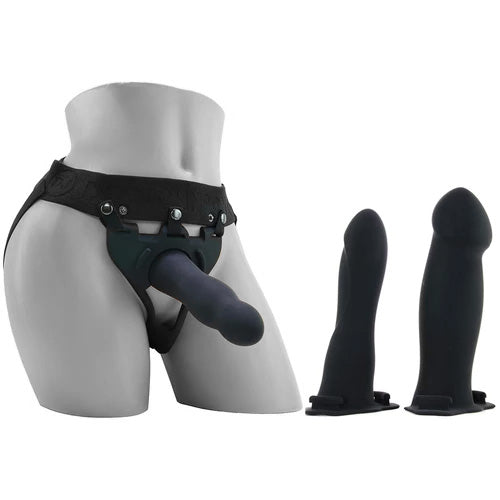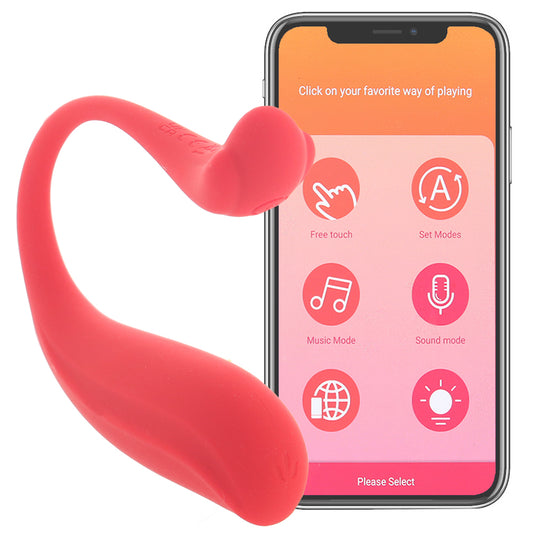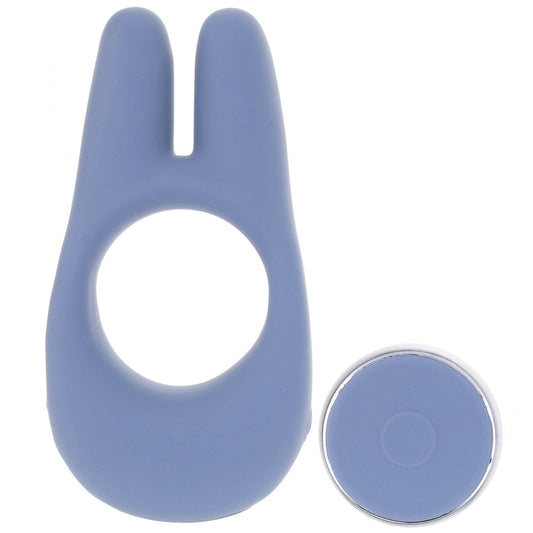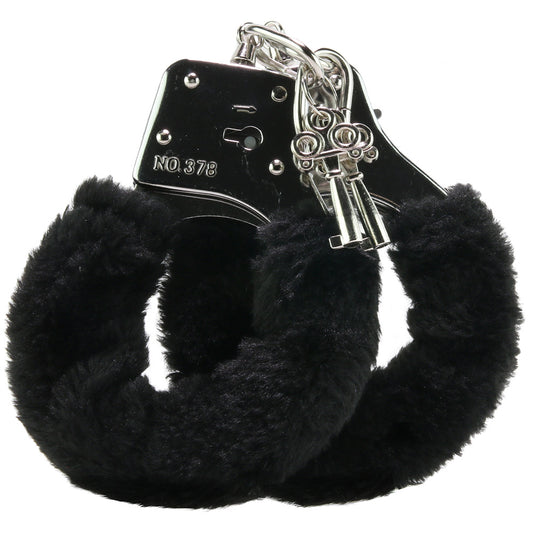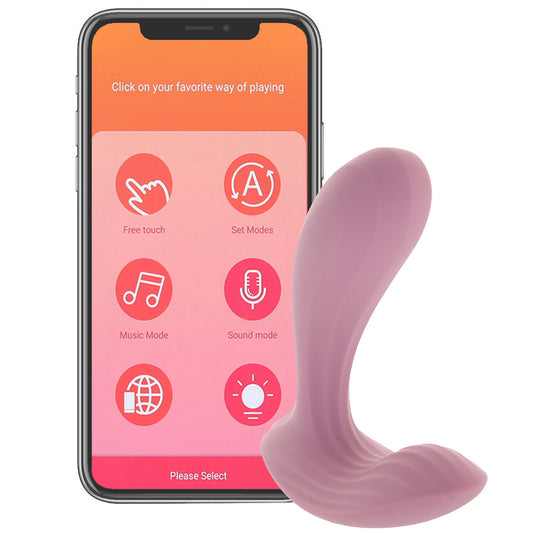
According to Medical News Today, “Every couple experiences situations where one person’s sexual needs do not align with their partner’s. These situations are called sexual interdependence dilemmas. Mismatched sex drives, or sex drive discrepancy (SDD), is the most common of these situations. A 2017 study even found that around 34% of women and 15% of men report having no interest in sex at all.”
The fact is, this can be a vulnerable topic. And while mismatched libidos can present challenges, they can also be a source of inspiration! Yes, you read that right. Figuring out how to discuss and navigate different sex drives with your partner can actually bring you closer than ever. Let’s get into it!
What is libido?
Oh, libido, you feisty little thing! Libido is that sizzling, seductive force within us that ignites our sexual desires, leads to sexual thoughts, and fuels our passion. It's the sexual drive that whispers, "Hey, baby, let's get it on!" It's that inner fire that craves connection, intimacy, and pleasure.
Whether you have a high libido that's always ready to go or a low libido that needs a little coaxing, understanding and embracing this powerful force is the key to unlocking a world of sensual delights.
A few things to know about humans and sex drive
There are a few things to be aware of when it comes to libido and the human experience. First, did you know that certain types of birth control, such as hormonal contraception, can lead to low sexual desire?
Yep, hormonal changes caused by birth control methods like the pill, patch, or hormonal IUDs can sometimes lead to low sex drive. Certain medications, such as antidepressants or blood pressure medications, can also contribute to a decrease in sexual desire or even sexual dysfunction.
If you or your partner are experiencing a decreased libido due to birth control or meds, there is hope! The most important thing to do is to talk about it openly. Then you can explore alternative methods to find a solution that works best for both of you. For example, while many female-bodied people take hormonal birth control like the pill, male-bodied folks do have options, too.
Speaking of hormone levels, they have a profound impact on our sexual appetite! Even if you’re not on medication, things like menopause, natural hormonal imbalances, and hormone replacement therapy can all affect libido.
Natural changes to our bodies happen during things like menopause, including vaginal dryness, and this can also affect our desire to have sex. For example, for menopausal women who used to get wet and now don’t, intercourse may be painful. This may have a woman want to avoid it, which can read as lowered libido to their partner. But it may be that you actually just need to figure out how to use lube to improve your sexual health! Lube is one of the best things in the world, haven’t you heard?
Similarly, a man who is under a significant amount of stress at work may experience temporary low testosterone, especially if he’s not getting enough sleep. We often think of sex hormones like testosterone levels as fixed, but they’re not. They fluctuate. And life circumstances that provoke low testosterone can affect sexual function as well as mood (it can even impact erectile dysfunction), and can lead to relationship problems. For some, testosterone therapy may be appropriate.
Finally, mental health plays a significant role in our overall well-being, including sexual desire and satisfaction. Conditions such as depression, anxiety, or stress can dampen libido and create challenges in the bedroom. If you or your partner are experiencing low desire due to mental health issues, consider seeking professional help from a therapist or counselor. They can help address underlying issues, provide coping strategies, and guide you towards rebuilding a healthy sex life.
And lastly, in case you’re wondering, there isn’t really a “normal libido.” Everyone is different. That said, there are things that can affect libido negatively, and there is a medical condition related to this. According to research, “Hypoactive sexual desire disorder (HSDD) is a persistent or recurrent absence of sexual fantasies and desire for sexual activity, causing marked personal distress or interpersonal difficulties. HSDD affects 10% of U.S. women and is associated with depression and other negative emotional states.”
How to talk to your partner about sex drives
Initiating a conversation about mismatched libidos may feel daunting, but with tact and sensitivity, it can strengthen your bond. A good way to start is to choose a neutral and comfortable setting, free from distractions.
Begin by expressing your love and desire for your partner, emphasizing your commitment to their satisfaction and mutual pleasure. The foundation of any successful relationship is built upon open and honest communication. Start by acknowledging that a difference in libido is natural and doesn't reflect a lack of love or attraction.
The goal here is to create a safe space where both partners can express their desires, concerns, and expectations without judgment. Remember, it's crucial to listen attentively and empathetically, understanding that each person's experiences and needs are unique. You may be surprised by what your partner shares!
Tips to help your partner get in the mood
One thing that may come up in your discussion is needing to feel “in the mood” in order to be turned on.
Arousal is a beautiful dance of stimulation and anticipation that can set the stage for mind-blowing pleasure. It may be time to rediscover what ignites desire in your partner, and experiment with different techniques.
Don’t think this conversation will be a one-and-done thing. It’s something that’ll unfold over time. Continue to engage in intimate conversations about what turns you and your partner on, exploring fantasies, and incorporating new experiences into your sexual repertoire. For example, you can check out the erotic blueprints quiz and have that guide your conversations on turn-ons.
Help them relax throughout the day
One of the biggest things women in particular report when it comes to sexual arousal is the need to feel relaxed and at ease. If she feels like there are still a dozen things she needs to take care of, or that she’s already run down by the end of the day, her turn-on machinery might not be operable.
One thing that can help is finding ways of supporting your partner during the day. Putting positive attention on them, for example by sending a loving or sweet text message, can also help. Sex is ultimately about connection, so ensuring that the two of you feel emotionally connected is often a prerequisite to want to be sexual later in the day.
Unleash the power of foreplay!
Foreplay is the key to unlocking heightened arousal and pleasure for both partners! It’s the kind of sexual stimulation that gets you in the mood, and it varies by person.
Many sexual problems actually stem from a lack of awareness about what actually turns your partner on, and helps their body feel relaxed and ready for more. For example, according to sex research, female-bodied people report men touching them too roughly or with too much pressure, which can actually bruise their parts. When you learn to touch your partner more softly and gently, especially at first, you can actually make a ton of progress.
For example, some people crave a very, very light touch -- that’s what makes them hot. If this is your partner, consider getting a really long feather to gently drag all over their body. Or try a very soft piece of fabric that you use to gently stimulate different parts of their body (parts other than the genitals).
Experiment with different techniques, such as sensual massages, prolonged kissing, or exploring erogenous zones. Engage in open communication during foreplay, asking your partner what excites them most and adjusting your approach accordingly. Don't be afraid to share your fantasies and encourage your partner to do the same. Remember, the journey is just as important as the destination!
Incorporating sex toys
Sex toys can bring a whole bunch of pleasure into the room, and there’s an intoxicating array to choose from. Whether you’re intrigued by the idea of a vibrating cock ring, a couple’s toy where you can go on date night while you make her panties buzz at any time, or anal beads, the possibilities are endless.
Similar to talking about libido, bringing up the possibility of sex toys can feel intimidating, but it can also be exciting. Begin the conversation by expressing your own curiosity and interest in exploring new avenues of pleasure together.
Emphasize that introducing sex toys can enhance intimacy and bring a new level of excitement to your shared experiences. Be sure to highlight that the intention is not to replace or diminish the connection between you, but rather to add an extra dimension of pleasure and discovery.
Encourage your partner to share their thoughts and feelings, actively listening and respecting their perspective. Offer reassurance that their desires and boundaries will be honored, and that any exploration with sex toys will always prioritize mutual consent and enjoyment. By approaching the topic with sensitivity, respect, and a genuine desire for shared pleasure, you can open the door to an exciting and fulfilling journey of sexual exploration together.
It may also help to get a feel for what kinds of toys you think you or your partner might like. For example, if you already know they like nipple play, consider nipple suckers! Or if you already know you’re both curious about light bondage, perhaps it’s time to try some soft handcuffs or bed restraints. There are toys made for male-bodied people, female-bodied people, and lots for couples.
Consider getting a helpful guide
If you're struggling to find common ground and mismatched libidos persist, seeking professional help can be a valuable option. Getting sex therapy or hiring a sex & relationship coach, or tantra/intimacy expert can help!
Sex therapists or relationship counselors specialize in navigating such challenges and can provide guidance tailored to your unique situation. They can assist in uncovering underlying issues, since libido differences can sometimes stem from deeper relationship issues. Unresolved conflicts, emotional distance, or unmet needs can contribute to decreased sexual interest.
Bringing it all together
Ultimately a healthy libido is simply the one that’s natural to you. Harmonizing with your partner when it comes to sexual issues contributes to a healthy dynamic overall, and one that’s possible to address by embracing open communication, understanding, and a sprinkle of creativity. You can be one another’s sexual medicine simply by listening and loving.
---
References
Rachel Ann Tee-Melegrito, "What to know about mismatched sex drives", Medical News Today. Published February 28, 2022. Accessed May 18th, 2023. https://www.medicalnewstoday.com/articles/mismatched-sex-drives
Written by WebMD Editorial Contributors, Medically Reviewed by Traci C. Johnson, MD, "Male Birth Control Options", WebMD. Published on April 23, 2023. Accessed May 18th, 2023. https://www.webmd.com/sex/birth-control/male-contraceptives
Gabriela S. Pachano Pesantez, M.D. and Anita H. Clayton, M.D., "Treatment of Hypoactive Sexual Desire Disorder Among Women: General Considerations and Pharmacological Options", NIH. Published on January 25th, 2021. Accessed May 19th, 2023. https://www.ncbi.nlm.nih.gov/pmc/articles/PMC8412154/#:~:text=Hypoactive%20sexual%20desire%20disorder%20(HSDD,and%20other%20negative%20emotional%20states.

